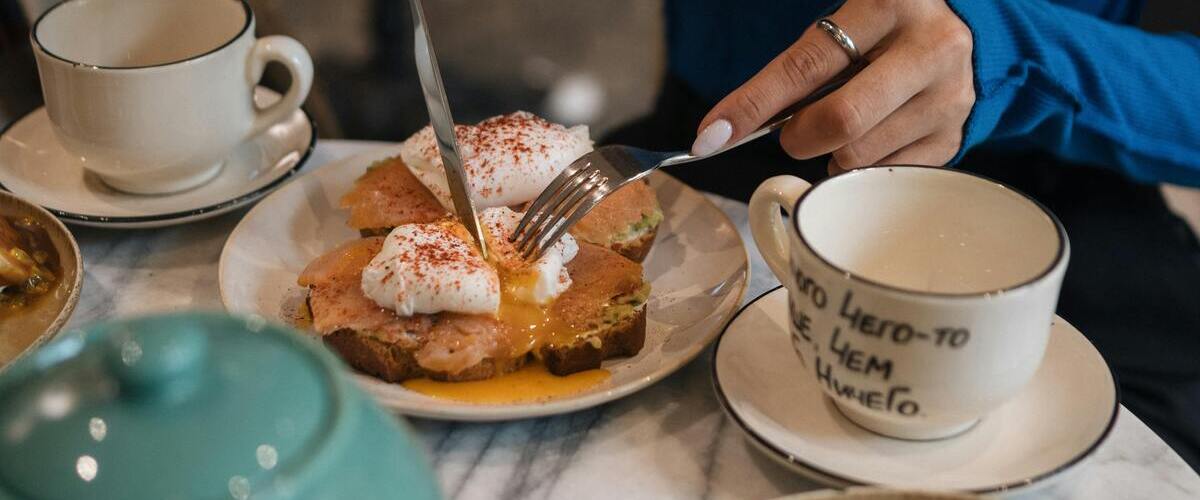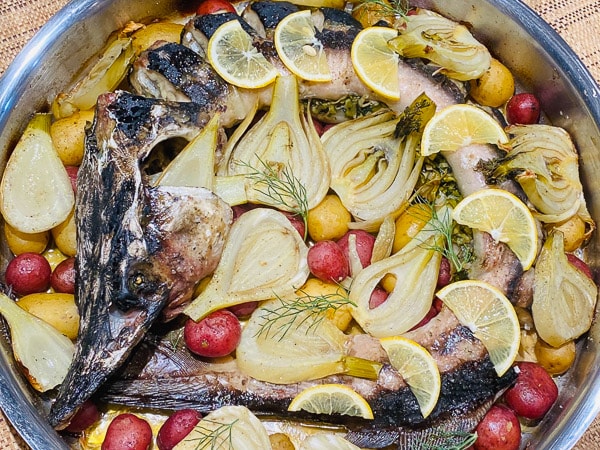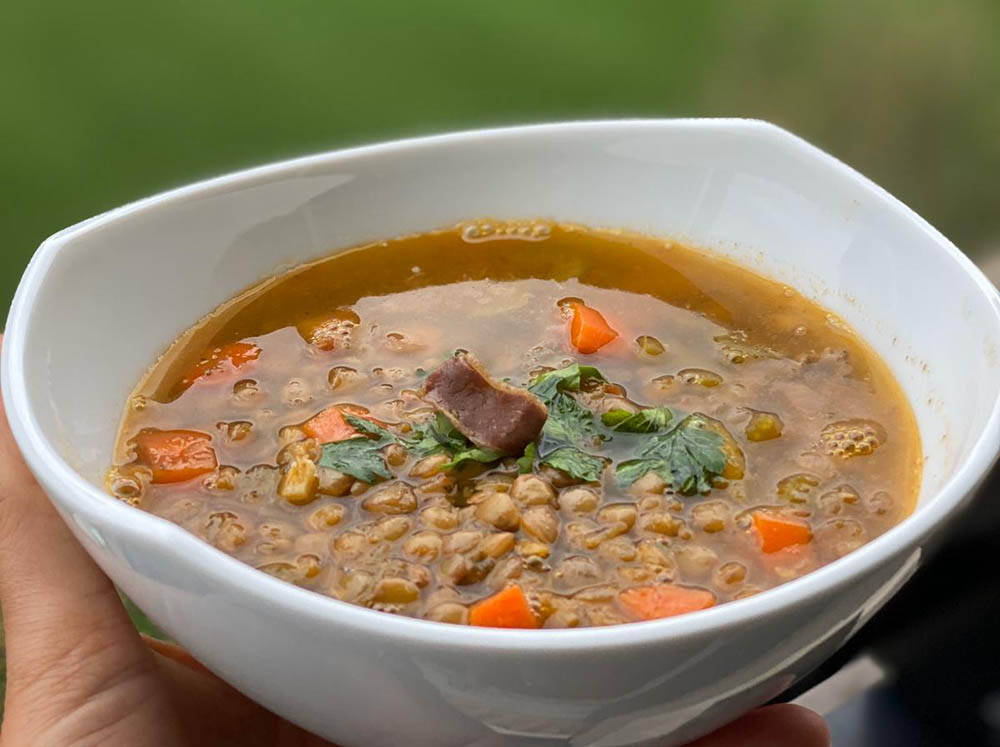The Secrets of Perfectly Poached Eggs: Tips and Techniques
Poached eggs are such an underrated culinary delight—they flavorless and digestible enough to top any salad, yet decadent and rich enough to impress your guests at brunch. When done right, their perfectly runny yolk will leave you a messy but delighted eater. The secret of perfectly poached eggs lies not in the freshest ingredients or special techniques; it's all about understanding the variables involved in poaching eggs so that they come out just as you'd like them every single time. Read on for our Tips and Techniques for perfect poached eggs!
Understanding Egg Science - Learn the basics of egg-poaching science and chemistry

Eggs are a ubiquitous ingredient in cooking and are known for their versatility and nutritional value. However, not many people know about the intricate science and chemistry behind egg poaching. Understanding the basics of egg science can not only help you perfect your poaching technique, but also help you make informed decisions about the types of eggs you use in your cooking. Did you know that different breeds of chickens lay eggs with different shell colors, sizes, and yolk shades? Or that the age of the egg affects the texture and shape of the poached egg? If you're ready to take your egg poaching to the next level, dive into the fascinating science behind it all.
Choosing the Right Eggs - The type of eggs you use make all the difference when it comes to poaching
Poached eggs can be a bit tricky to perfect, but there's one secret to success that many home chefs tend to overlook: the type of eggs you use. Believe it or not, the right choice of eggs can make all the difference in your poaching game. A fresh egg with a sturdy white and yolk that sits high up will hold together beautifully during cooking, resulting in a beautifully cooked, runny yolk encapsulated in tender, flavorful egg whites. On the other hand, an older or lower-quality egg may turn into a sad, wispy mess when poached, leaving you with a less-than-appetizing breakfast. So before you get cracking, take a moment to choose the perfect eggs - your taste buds will thank you!
Preparing Your Ingredients - What ingredients you need, and how to properly measure them
One of the keys to cooking a delicious meal is properly preparing your ingredients. Before you even heat up the stove, it's important to have a clear understanding of what ingredients you'll need and how to measure them correctly. This includes not only your main ingredients, but spices, oils, and any other additions that will bring your dish to life. By taking the time to measure everything out accurately, you'll ensure that your meal is perfectly balanced and full of flavor. So don't rush through this step, take your time and get it right - your taste buds will thank you for it!
Tips for Successful Poaching - Simple tricks to keep in mind for perfectly poached eggs every time
There's nothing quite like a perfectly poached egg to brighten up your day! But let's face it, poaching can be tricky business. So, what are the secrets to poaching eggs just the way you like them? First and foremost, start with the freshest eggs you can find. Always use a non-stick pan or a pot with enough depth to keep the egg from sticking to the bottom. Be sure to add vinegar to the water, as this helps to set the whites of the egg. And last but not least, don't forget to swirl the water before adding your eggs. With these simple tricks in mind, you'll be poaching eggs like a pro in no time!
Clean Up Is Important Too - Learn how to safely clean up after poaching eggs
If you're a fan of breakfast, chances are you love a good poached egg. But once you're done savoring the yolk and cleaning your plate, it's important to tackle the not-so-fun task of cleaning up. Not only does a clean kitchen help prevent any foodborne illnesses, it's also a great way to show respect for the food you just enjoyed. Cleaning up after poaching eggs doesn't have to be a daunting task. By following a few simple steps and using safe cleaning methods, you can ensure a spotless kitchen and peace of mind. Keep reading to learn more about how to clean up after this delicious breakfast staple.
Recipes for Perfectly Poached Eggs - Delicious recipes that will impress your family and friends!
Are you tired of mediocre mornings with bland breakfasts? Look no further than the perfectly poached egg. With its creamy yolk and delicate texture, it's a game changer for your taste buds. But how to achieve that perfect poach? Fear not, because we've got some delicious recipes to impress your family and friends. From eggs benedict to avocado toast, the possibilities are endless. Assemble your ingredients, follow our instructions, and get ready for a breakfast that will have everyone asking for seconds. Say goodbye to boring breakfasts and hello to the perfect poached egg.
Poached Eggs over Avocado Toast
Ingredients:
- 2 eggs, poached
- 2 slices of whole grain bread
- ½ avocado, sliced or mashed
- 1 tablespoon butter
- Salt and pepper to taste
Instructions:
- Fill a medium saucepan with enough water to cover the eggs once they are added. Add 1 tablespoon of white vinegar to the water and bring it to a simmer over medium heat.
- Meanwhile, toast the two slices of bread in a separate skillet with butter over low heat until lightly browned.
- When the water is at a gentle simmer, carefully drop each egg into the pan one at a time. Allow the eggs to simmer for 3-4 minutes until poached to desired doneness.
- Remove the eggs from the pan with a slotted spoon and set them aside on a plate lined with a paper towel.
- Place the toast onto two plates, top each slice with ½ of an avocado (mashed or sliced), salt and pepper to taste, and one egg per slice of toast. Enjoy!
Poached Eggs Benedict
Ingredients:
- 2 eggs, poached
- 2 English muffins, split in half
- 4 slices Canadian bacon
- 1 tablespoon butter
- 2 tablespoons white vinegar
Instructions:
- Fill a medium saucepan with enough water to cover the eggs once they are added. Add 1 tablespoon of white vinegar to the water and bring it to a simmer over medium heat.
- Meanwhile, warm a separate skillet over medium-high heat and add 1 tablespoon of butter. When melted, add the Canadian bacon slices and cook on each side for 2 minutes until they start to brown slightly.
- While the Canadian bacon is cooking, toast the English muffins in a separate skillet with butter over low heat until lightly browned.
- When the water is at a gentle simmer, carefully drop each egg into the pan one at a time. Allow them to simmer for 3-4 minutes until poached to desired doneness.
- Remove the eggs from the pan with a slotted spoon and set aside on a plate lined with a paper towel.
- Place two English muffin halves onto each plate, top each with a slice of Canadian bacon and one poached egg per half. Sprinkle with salt and pepper to taste and enjoy!
In conclusion, there is an art to poaching eggs that is best appreciated by learning the basics of egg-poaching science and chemistry. Egg selection plays a major role in how the outcome will turn out, as does prepping and properly measuring whatever ingredients you are using. Additionally, even seemingly minor techniques like stirring the boiling water or adding some vinegar can greatly influence your egg-poaching success. Above all else however, be sure to always practice proper food safety procedures when it comes to cleaning up after making the perfect poached eggs! With a bit of patience and practice, poaching eggs will become second nature and you'll be able to make restaurant grade perfectly poached eggs right at home! Create some stunning recipes for perfectly poached eggs that your family and friends won't forget, and enjoy the creative satisfaction of mastering this technique.






